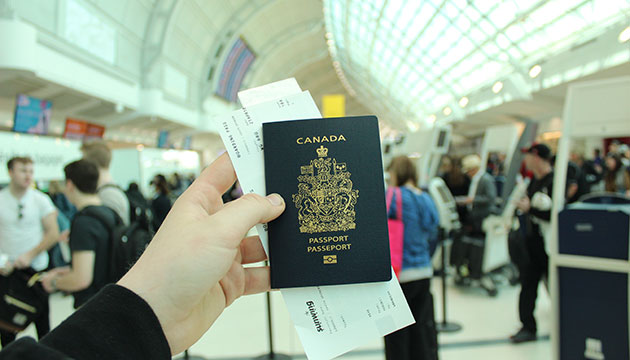Real friends stand up for each other.
Countries do as well. Canada is a good example.
Canada has shown that it is prepared to stand up for the Philippines in its longstanding territorial dispute in the South China Sea with Asian power China.
A recent incident demonstrates this resolve.
On November 16, the Chinese Coast Guard blocked and blasted with water cannons Filipino boats on a resupply run for a detachment of Philippine Marines in the Ayungin Shoal (Second Thomas Shoal).
The Ayungin Shoal lies 105 nautical miles (194 kilometres) west of the Philippine province of Palawan. It is within the country’s 200-nautical mile exclusive economic zone or EEZ.
Under the United Nations Convention on the Law of the Sea or UNCLOS, sovereign states have jurisdiction over their respective EEZs.
Following the altercation, Canadian Ambassador to the Philippines Peter MacArthur took to Twitter on November 20.
“Canada stands by UNCLOS and the 2016 South China Sea Arbitration decision,” MacArthur posted.
The Canadian envoy’s latter reference was the July 12, 2016 ruling of the Permanent Court of Arbitration in The Hague.
The said ruling declared invalid much of China’s sweeping claims over the entire South China Sea.
The South China Sea is a resource-rich and strategically important waterway.
The area is subject to overlapping claims by China, Philippines, Brunei, Malaysia, Taiwan, and Vietnam.
In his tweet, MacArthur also stated: “Recent provocative actions taken against Philippines are inconsistent with obligations of all countries under international law & risk escalation of tensions, to detriment of peace, security & prosperity.”
This wasn’t the first time that MacArthur came out openly to support the Philippines.
On March 24 this year, the Canadian ambassador also took to Twitter to express his country’s opposition to Chinese activities in the South China Sea.
“Canada opposes recent Chinese actions in the South China Sea, including off the coast of the Philippines, that escalate tensions and undermine regional stability and the rules-based international order,” MacArthur posted.
This came after about 200 Chinese vessels were spotted near Julian Felipe Reef in the West Philippine Sea, which is the eastern portion of the South China Sea.
The Julian Felipe Reef is within the Philippines’ EEZ.
Days later, Canadian warship HMCS Calgary passed through the South China Sea while travelling from Brunei to Vietnam.
A Department of National Defence spokesperson later confirmed that the ship sailed near the contested Spratly Islands.
On June 12, 2021, The Diplomat, an international current affairs magazine, published an article titled “Look for an Increasingly Active Canada in the South China Sea”.
The piece was written by Canadian researcher Jacob Benjamin, who noted that Canada is now “more resolved to standing up to China”.
In addition to the March 29-30, 2021 transit in the South China Sea by the HMCS Calgary, the article also recalled a 2020 sailing by HMCS Ottawa in the contested waters.
Benjamin cited a Canadian government document describing the HMCS Ottawa’s passage as having “demonstrated Canadian support for our closest partners and allies, regional security and the rules-based international order”.
“Naval passages in the South China Sea are approved by the most prestigious levels of Global Affairs Canada and the Department of National Defense before they are enacted,” Benjamin wrote.
The author also cited comments in November 2020 by then Canadian Minister of Defense Harjit Sajjan to the 12th South China Sea International Conference in Hanoi, Vietnam.
“Canada opposes unilateral actions that have escalated tensions in the region and undermined stability in the South China Sea. We are against the threat or use of force, large-scale land reclamation, building outposts on disputed entities and using them for military purposes in the sea,” Sajjan said.
As Canadian Filipino Net was readying its first biweekly edition for December 2021, a Canadian warship was participating in a five-nation naval drill in the Philippine Sea off the southern coast of Japan.
The other nations involved in the exercise from November 21 to November 30 are Japan, United States, Australia, and Germany.
The Canadian ship is the HMCS Winnipeg, which made a port call in Manila last October, an event that was reported by Canadian Filipino Net.
The HMCS Winnipeg’s crew includes 11 Canadian Filipinos.
For Canadian Filipinos who feel strongly against China’s actions in South China, they may feel some comfort that their adopted country is standing up for their native land.
For the Canadian Filipino Net’s Editorial Board
Contact us at










